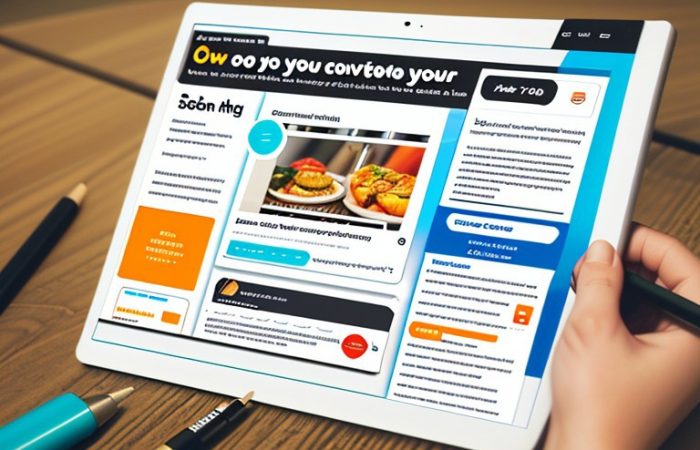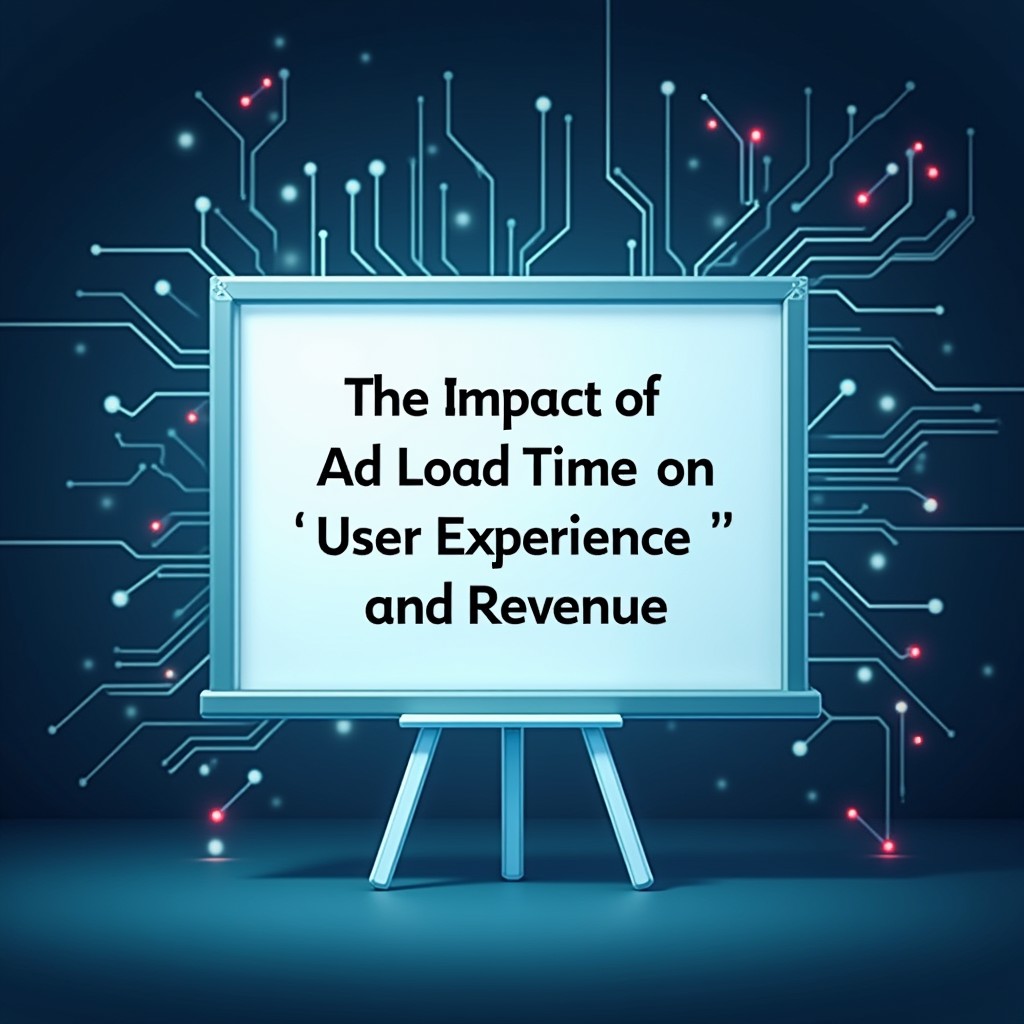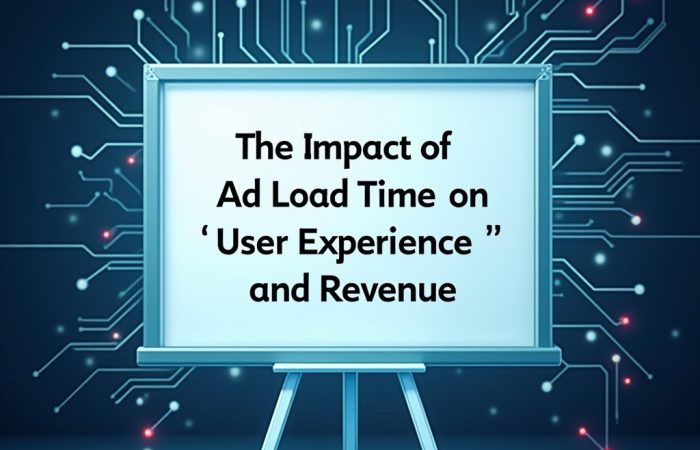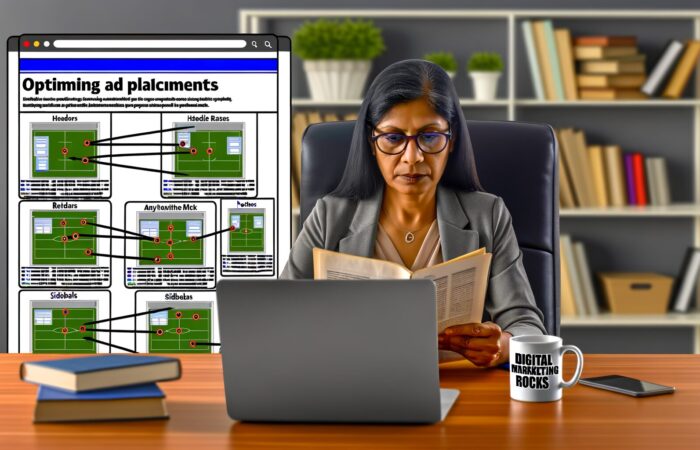Understanding Your Audience
One of the most critical aspects of creating ad copy that engages and converts is understanding your target audience. Knowing who your audience is, what they want, and how they think can significantly impact your ad’s effectiveness. Here are several approaches to understanding your audience:
Conduct Market Research
Market research is essential for gathering insights about your audience. Use surveys, focus groups, and interviews to collect data on customer preferences and behaviors. According to a report from HubSpot, 70% of marketers say that understanding their audience is crucial for successful marketing campaigns.
Example: If you’re selling eco-friendly products, you might find through research that your audience values sustainability, ethical sourcing, and transparency. Tailoring your ad copy to highlight these attributes can enhance engagement and increase conversion rates.
Build Buyer Personas
Creating detailed buyer personas can help you visualize your audience segments, making it easier to craft copy that resonates with each group. A buyer persona includes demographic information, interests, pain points, and buying behaviors.
Statistical Insight: According to a report by B2B Marketing, businesses that utilize buyer personas can achieve a 20% increase in sales opportunities. Use these personas to guide your ad copy, ensuring that it speaks directly to each segment’s unique needs and preferences.
Crafting Compelling Headlines
Your headline is often the first thing potential customers see, making it crucial for capturing attention. A compelling headline can significantly increase click-through rates and conversions.
Utilize Power Words
Incorporating power words—words that evoke strong emotional responses—can make your headlines more captivating. Words like “exclusive,” “proven,” “guaranteed,” and “limited-time” create urgency and encourage action.
Example: Instead of a bland headline like “Buy Our Shoes,” try “Step Up Your Style: Get 20% Off Exclusive Shoes for a Limited Time!” This version uses urgency and exclusivity to entice the reader.
Keep It Short and Direct
Research by CoSchedule indicates that headlines with around 6-8 words tend to perform best. Short, concise headlines are easier to read and understand quickly, increasing the likelihood of engagement.
Highlighting Benefits Over Features
Effective ad copy focuses on the benefits of a product or service rather than merely listing its features. Customers want to know how a product will improve their lives or solve their problems.
Use the “So What?” Test
When crafting your copy, ask yourself, “So what?” for each feature you mention. This helps you translate features into benefits. For example, instead of stating that a vacuum has a HEPA filter (feature), explain that it captures 99.97% of allergens, making the home healthier for families (benefit).
Provide Social Proof
Incorporating testimonials, reviews, or case studies can enhance the perceived value of your product. According to research from Nielsen, 92% of consumers trust recommendations from friends and family more than any other form of advertising.
Example: “Join thousands of satisfied customers who have transformed their homes with our vacuum cleaner! ‘This vacuum has made a noticeable difference in my family’s allergies!’ – Sarah, Verified Buyer.”
Creating a Sense of Urgency
Urgency can be a powerful motivator in driving conversions. By encouraging potential customers to act quickly, you can significantly increase your chances of making a sale.
Limited-Time Offers
Creating limited-time offers can compel customers to make a decision sooner rather than later. Phrases like “Act Now!” or “Offer Ends Soon!” can create a sense of urgency.
Statistical Insight: A study by MarketingExperiments found that adding urgency to offers can increase conversion rates by up to 332%.
Scarcity Tactics
Scarcity tactics, such as stating that only a few items are left in stock, can also drive action. When people perceive that something is in limited supply, they are more likely to make a purchase.
Example: “Only 5 Left in Stock! Order Now to Ensure You Don’t Miss Out!” This type of messaging can motivate customers to act quickly.
Call to Action (CTA) Optimization
A strong call to action is essential in guiding potential customers toward the next step in the purchasing process. Your CTA should be clear, compelling, and relevant to the ad copy.
Use Strong Action Verbs
Incorporating strong action verbs can make your CTA more persuasive. Instead of “Learn More,” consider using “Discover Your New Favorite Product” or “Get Your Free Trial Today!”
Statistical Insight: According to a study by Unbounce, CTAs with action-oriented language can increase conversion rates by up to 10%.
Make It Stand Out
Ensure that your CTA is visually distinct from the rest of your ad copy. Use contrasting colors, bold fonts, or buttons to draw attention to the CTA and make it easy for potential customers to take action.
Testing and Iteration
Creating engaging ad copy is not a one-time effort; it requires ongoing testing and optimization. A/B testing different versions of your ad copy can provide valuable insights into what resonates best with your audience.
Use A/B Testing
A/B testing, where you compare two versions of an ad to see which performs better, allows you to refine your copy based on real data. Test different headlines, CTAs, or benefits to determine which elements generate the highest conversion rates.
Example: If one version of your ad with a direct headline performs better than a more creative one, you can strategize future campaigns based on that data.
Analyze Metrics
Regularly analyze ad performance metrics like click-through rates, conversion rates, and bounce rates. These insights can help you understand what aspects of your copy are working and which need improvement.
Conclusion
In summary, crafting engaging ad copy that converts involves understanding your audience, creating compelling headlines, focusing on benefits, instilling urgency, optimizing CTAs, and continuously testing and iterating your approaches. By implementing these strategies, marketers can enhance their advertising efforts, leading to increased engagement and higher conversion rates. Remember, the key to effective ad copy lies in connecting with your audience on a deeper level, providing value, and guiding them seamlessly through the buying process. As the digital landscape evolves, staying adaptable and responsive to consumer behaviors will be crucial for sustained success in advertising.









No Comment! Be the first one.